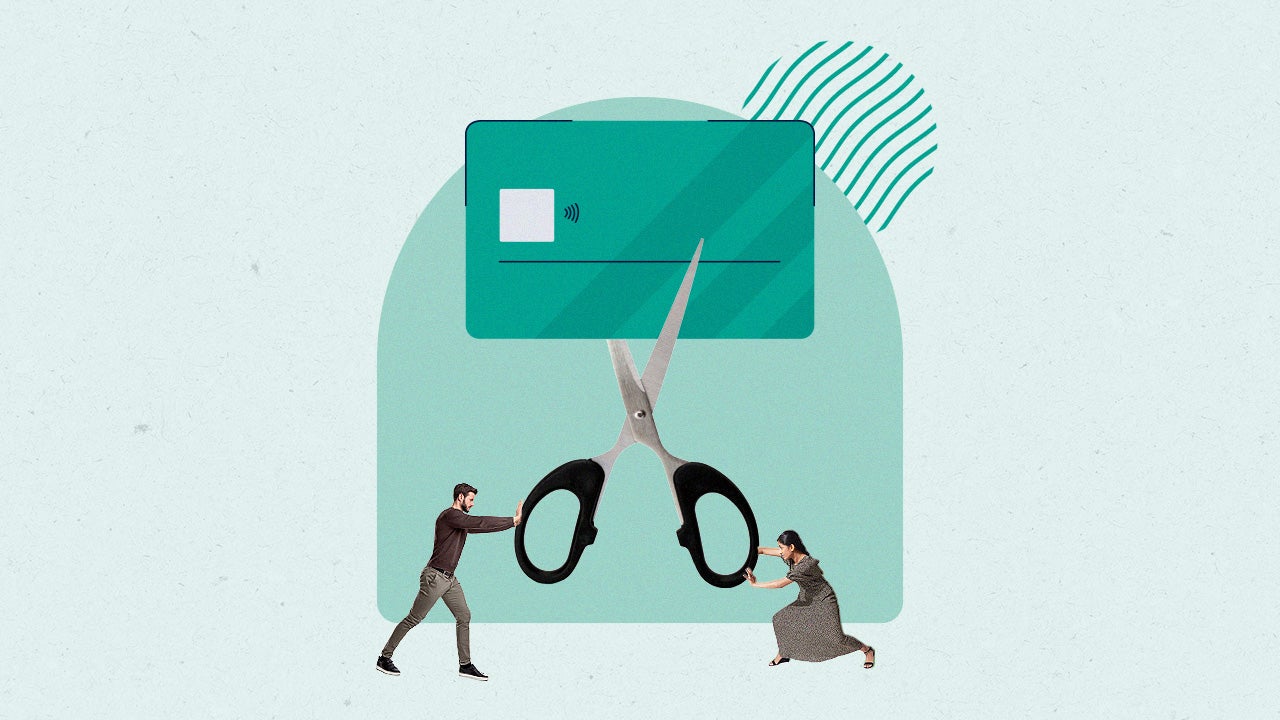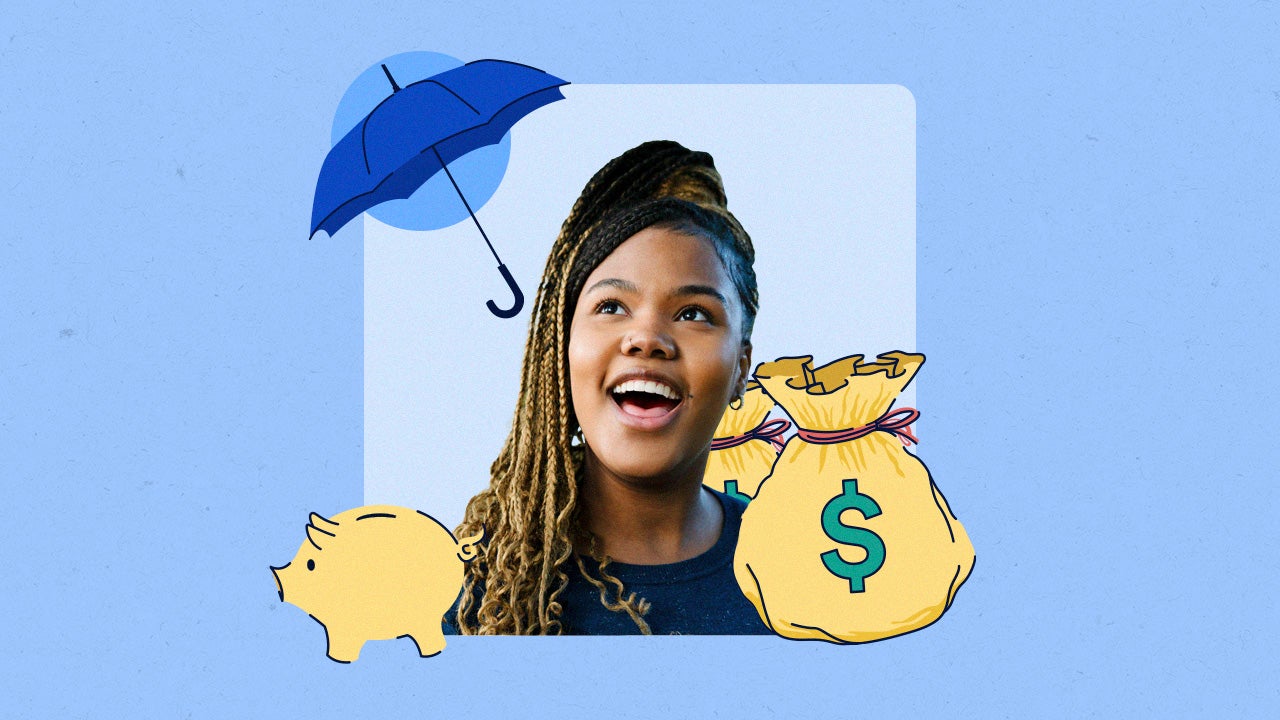How to get your debt relieved



With many Americans struggling to pay off debt, some are turning to debt relief to make monthly payments more manageable.
Debt relief can offer a reprieve from the cycle of payments through the process of debt settlement, which reduces borrower’s unsecured debt balances. Working with a debt relief company can help facilitate this process and provide borrowers a professional team who can negotiate down debt balances with their creditors.
While debt relief isn’t for everyone, you may want to consider applying to a debt relief program if you’re having difficulty paying your unsecured debt.
What is debt relief?
Debt relief typically refers to debt settlement, when borrowers with unsecured debt and who are struggling to repay it can work with a debt settlement company to negotiate down their balance. This reduces their monthly payment and overall balance.
In exchange, the borrower pays the settlement company the remaining balance, and the debt settlement company charges the borrower a fee that’s often rolled into the remaining debt repayments.
It’s important to note, though, that debt settlement can negatively impact your credit score. You’ll still have to pay off part of the balance during the process, and the debt settlement company will charge you a fee.
However, debt settlement can allow you to pay off debt you otherwise wouldn’t be able to, letting you save for the future and offering financial freedom from your debt payment once the balance is paid.
Debt relief vs. consolidation vs. bankruptcy
Debt relief is often confused with debt consolidation or bankruptcy. Though each can modify your debt and how it’s paid off, there are several key differences to consider.
With debt consolidation, you take out a consolidation loan that pays off multiple balances, leaving you with only one balance to pay off. Your new loan comes with a new interest rate and only requires one monthly payment, which can simplify the repayment process and possibly save you on interest, depending on the APR of your old and new loans.
While debt consolidation can simplify your payments, you’ll still have the original balance to pay off, plus closing costs and interest.
Debt relief, on the other hand, reduces your balance and monthly payment as part of the debts are settled.
Bankruptcy is a legal process through which debts are paid off through asset forfeiture, a set payment plan and forgiveness from the creditors. There are two types of bankruptcy for personal debts.
With Chapter 7 bankruptcy, borrowers’ major assets, such as property and vehicles, are sold to pay their balance, and their remaining debts are forgiven. With Chapter 13 bankruptcy, some of the borrowers’ debts are forgiven, and the remaining balances are rearranged to be paid off.
The type of bankruptcy borrowers can file depends on their debts, income and assets. In both cases, the bankruptcy will stay on the filer’s credit report for seven years or more. Bankrupcy requires a legal process officiated by a bankruptcy court and is generally conducted through lawyers.
Bankruptcy might be an option for individuals unable to pay off a large debt. However, it may require several years in court to be resolved, entail legal fees and result in possibly seeing your assets sold off.
Choosing debt consolidation, bankruptcy or debt settlement will depend on you and your circumstances, so it’s best to research and analyze each option’s pros and cons.
How does debt relief work?
Debt relief companies work to reduce your debt balance and your monthly payment by negotiating with creditors to forgive part of your balances. In exchange, the borrower agrees to pay the remaining amount, typically over monthly payments.
When you work with a debt relief program, several steps are involved in qualification, settlement and paying off your debt. Borrowers will generally need to have a certain income and amount of unsecured debt to qualify and agree to make the monthly payments for the program.
Once you qualify, the settlement team will set up a dedicated bank account for you to deposit money into while your debts are negotiated. The debt relief company will determine how these payments are structured.
With National Debt Relief, for example, each monthly payment will remain the same with the fees rolled into the payment amount, meaning clients don’t have to pay upfront or after the program is finished.
Once the debts have been settled, borrowers will finish the program on the timeline provided by the debt relief company. The qualifying debts will be paid off once the final payment is made.
How do you qualify for debt relief?
Qualifying for debt relief depends on multiple factors. Typically, debt relief companies will have certain criteria for debt type, income and other factors before qualifying applicants.
One of the most important criteria for debt relief is the type and amount of debt. Debt relief companies will generally work only with unsecured debt, such as personal loans lacking collateral, student loans, medical loans and credit card debt. Mortgages, auto loans and loans with collateral won’t qualify for debt relief, since if the borrower cannot pay, the collateral can be seized to pay off the debt.
Debt relief companies will also generally require a minimum amount of debt. National Debt Relief requires clients to have at least $7,500 in debt to participate in their program.
One of the other major criteria debt relief companies consider is your income. If your income is too high, you may not qualify for a debt relief program since your creditors may establish you can pay off your debt with your income. If your income is too low, however, or you don’t have an income at all, you may be unable to make the minimum payments the relief program requires to qualify.
Meeting the criteria for a debt relief program will depend on the program itself. Many debt relief companies like National Debt Relief will offer a free initial consultation to see if you qualify before you make any commitments.
Can you get all your debt relieved?
Whether you get the entire balance of your debt relieved depends on the program you’re in. A government forgiveness or relief program may be able to get your entire debt balance forgiven as long as you meet the qualifications.
With third-party debt relief programs, while your balance can be reduced, you’ll still generally be expected to make monthly payments to pay off the remaining balance.
While this isn’t the same as having your entire balance forgiven, you can still get your monthly payments to a more affordable level than they currently are. You’ll also likely be on a shorter timeline for payoff and a more concrete idea of when your balance will be paid off.
This way, you can start planning for what will come after you pay off your debt and build your budget around making your payments without struggling to make them. Once you’re done, you can still follow your “repayment” plan — and instead dedicate your monthly payments to your savings, investments or other financial goals.
What next?
Debt relief can offer borrowers a way to make their monthly payments more manageable, reduce their debt balance and pay off unsecured debt more quickly. While debt relief still requires some payments, it can be quicker than bankruptcy and lower borrowers’ balances more than consolidation.
Qualifying for debt relief will depend on borrowers’ income and their debts. Once the final payment is made, those who undergo the debt relief process can enjoy the financial freedom from being free of their unsecured debts and start building toward their financial future.
If you want to learn more about managing your finances and debt repayment plan, check out Bankrate and National Debt Relief’s ongoing article series about all things debt. Watch this space for tips, tricks and exclusive stories from readers like you and their debt repayment journeys.







